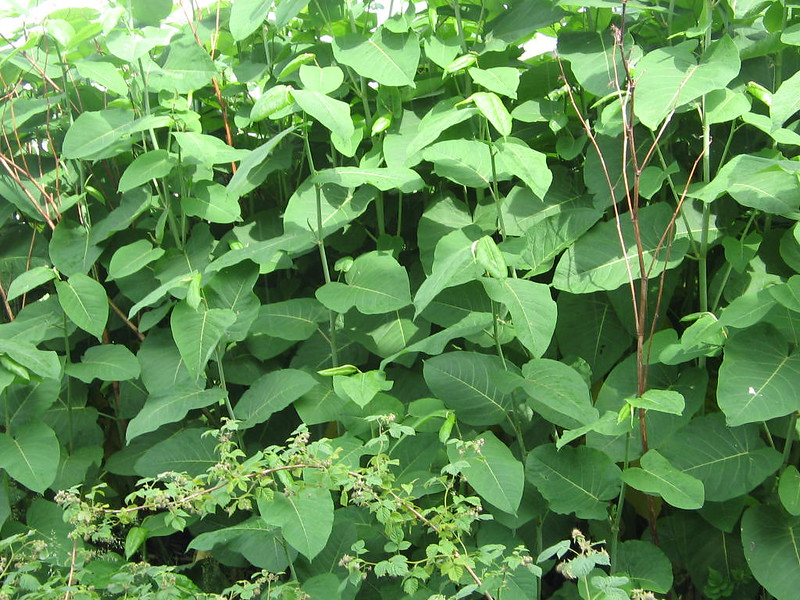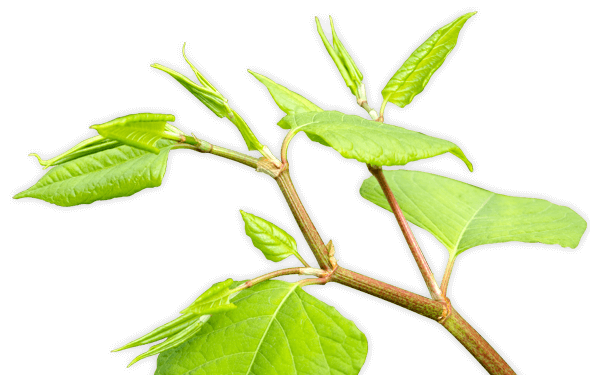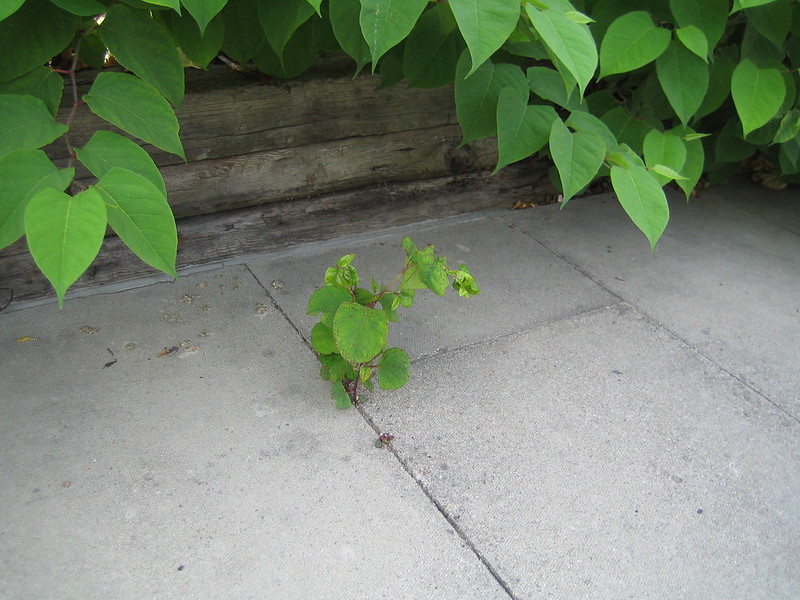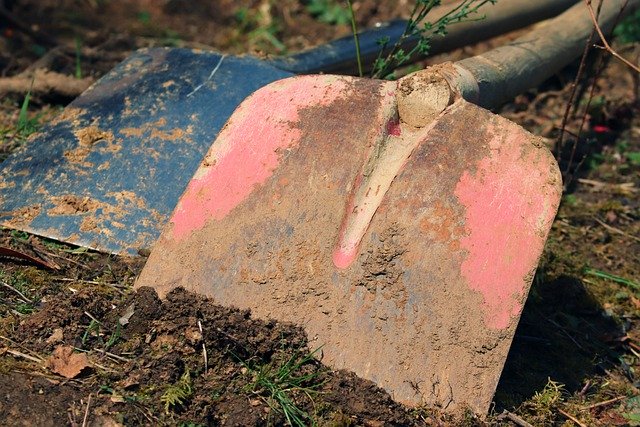For reasons discussed in our DIY Japanese Knotweed Removal blog post, we DO NOT RECOMMEND attempting to get rid of Japanese knotweed on your own. Instead, get in touch with a specialist contractor who knows how to deal with this invasive species and ensure that it does not spread elsewhere.

Photo by dankogreen (Flickr)
If you're found your way to this blog, you're likely wondering how to kill Japanese knotweed. Broadly speaking, there are two ways to kill Japanese knotweed:
- Herbicides - spraying the plant with glyphosate weed killer
- Excavation - digging the plant up and either burying it or safely disposing of it at an approved landfill site
More...

Plants can cause a lot of problems when they're left to grow unchecked. This is especially true of plants that lie close to power lines.
More...

Japanese knotweed has a durable rhizome root system that can be very difficult to completely eradicate.
Rhizomes - sometimes known as creeping rootstalks - are like plant stems that run horizontally through the soil. Roots and shoots grow out of the rhizome's nodes to seek nourishment as the plant grows.
More...
Few plants inspire as much dread as Japanese knotweed. This invasive species can make it difficult to sell your house, and even if you get rid of it, there's a chance the plant will grow back again if there's so much as a single fragment still in the soil.
Another oft-cited reason to fear Japanese knotweed is the damage it can cause as it grows in search of moisture and nourishment. Some descriptions would have you believe that Japanese knotweed is a rampaging triffid-esque plant monster, capable of demolishing any structure that gets in its way.
Well, you can rest assured that Japanese knotweed won't be knocking over any buildings in the near future. What it can do is exploit existing weaknesses in a structure - for instance, we often see Japanese knotweed growing through cracks in brick walls and concrete paving.

Japanese knotweed photo by Gordon Joly (licensed under CC BY-SA 2.0)
More...

We usually treat Japanese knotweed by spraying the leaves with herbicides. A typical knotweed treatment programme consists of multiple herbicide applications over a period of 3 years, followed by a 2-year monitoring period to ensure that the problem is under control.
If time is of the essence, excavation is a quicker (but more expensive) alternative to the above. Heavy excavation machinery is used to dig up the affected area; this may be combined with spraying for optimum results.
Learn more about our Japanese knotweed treatment plans
More...
